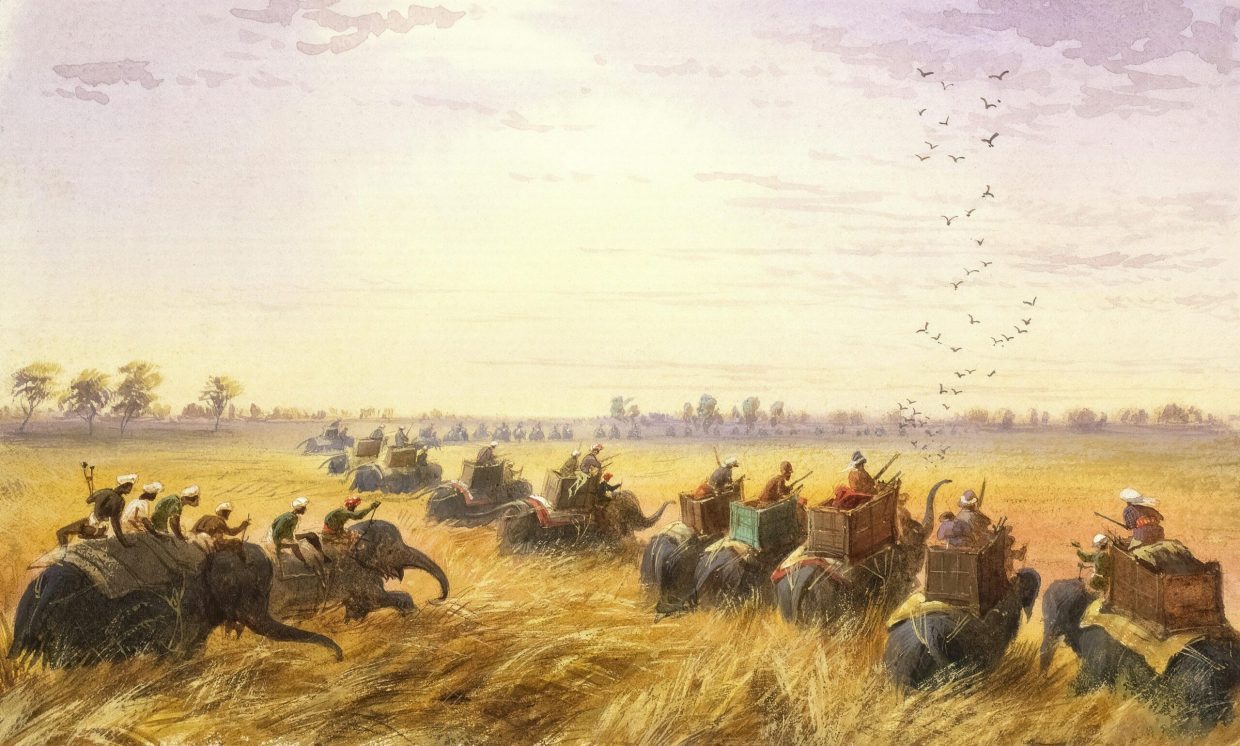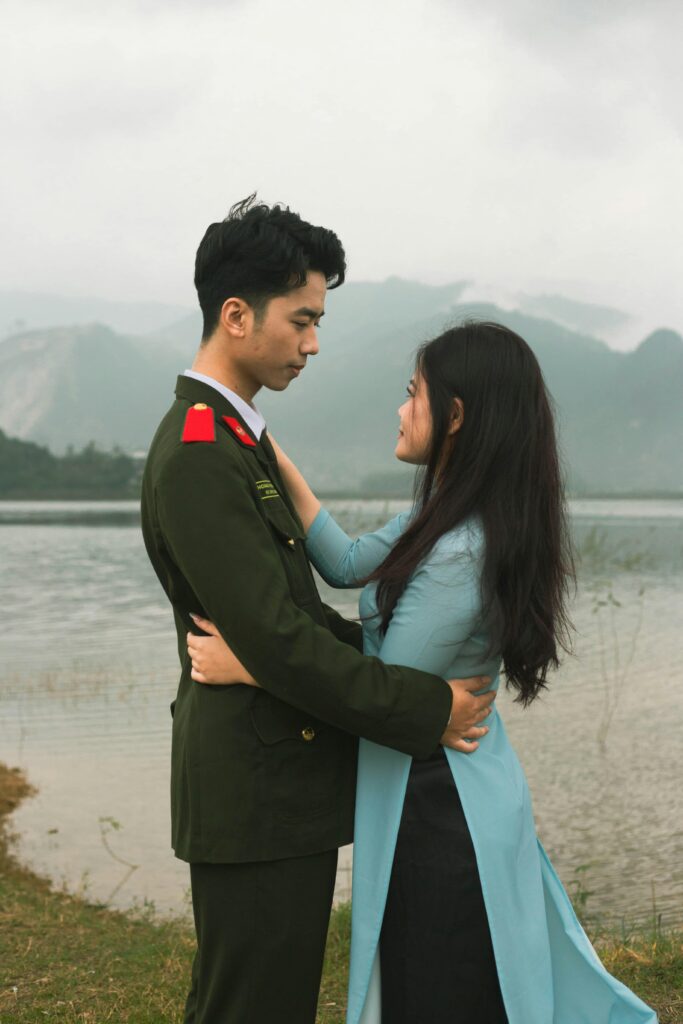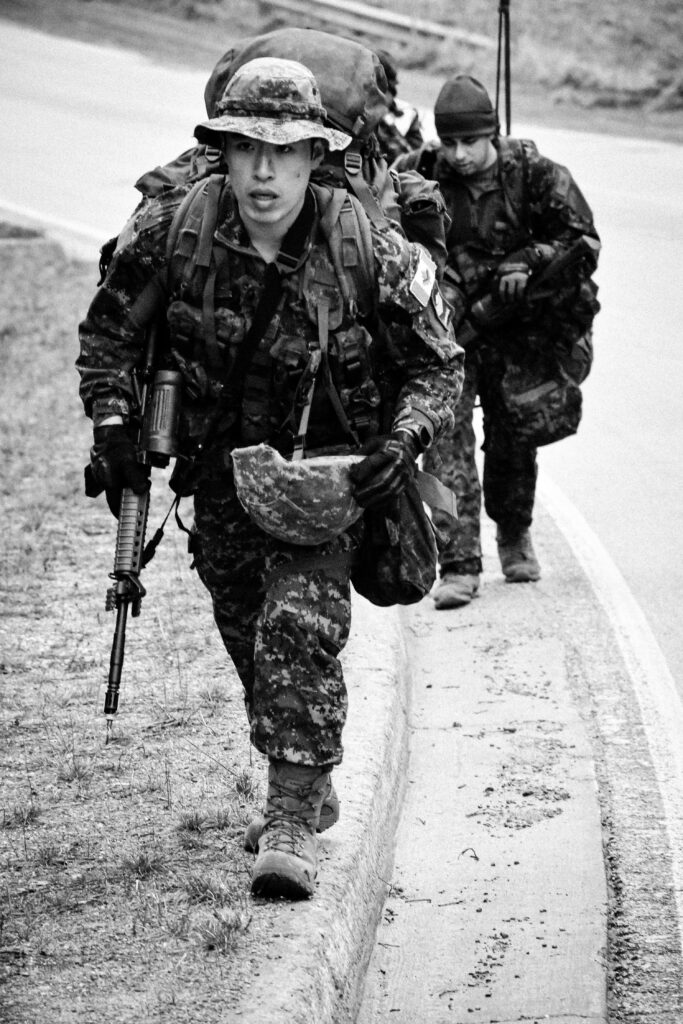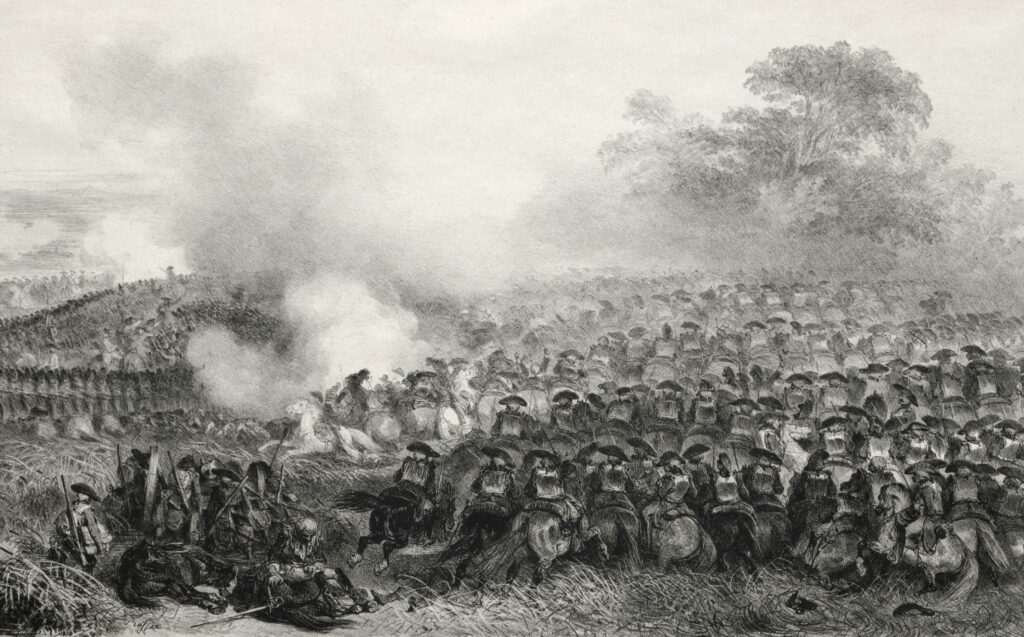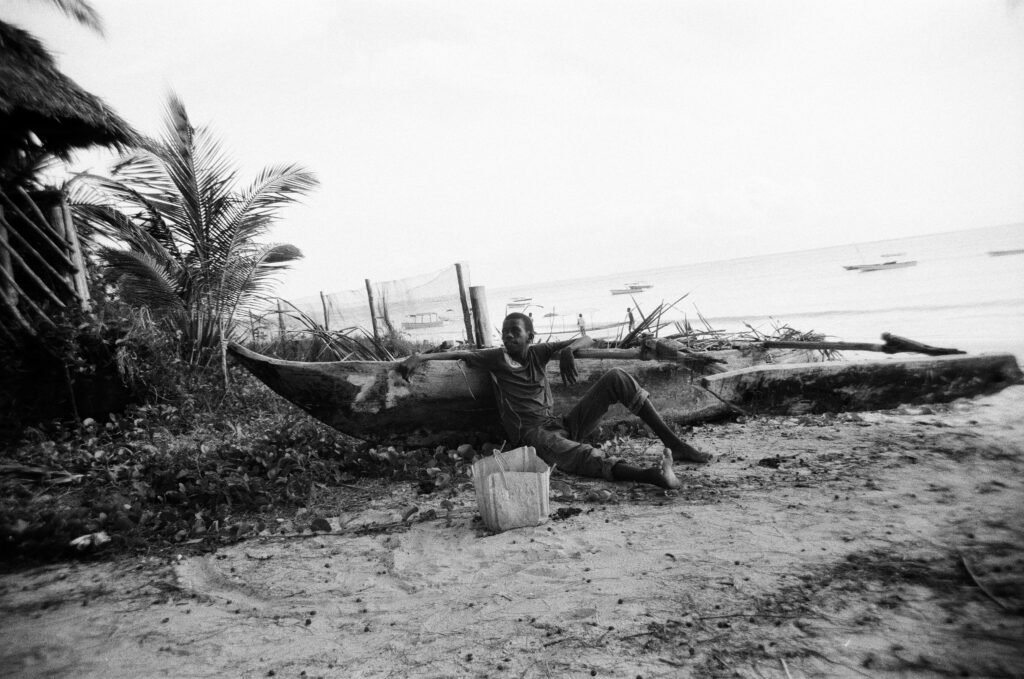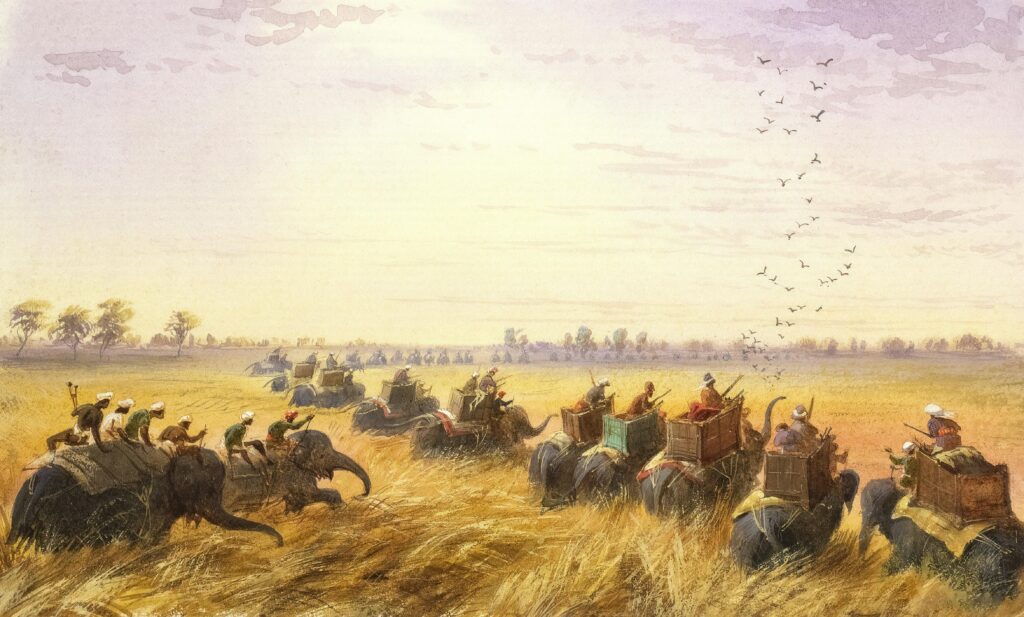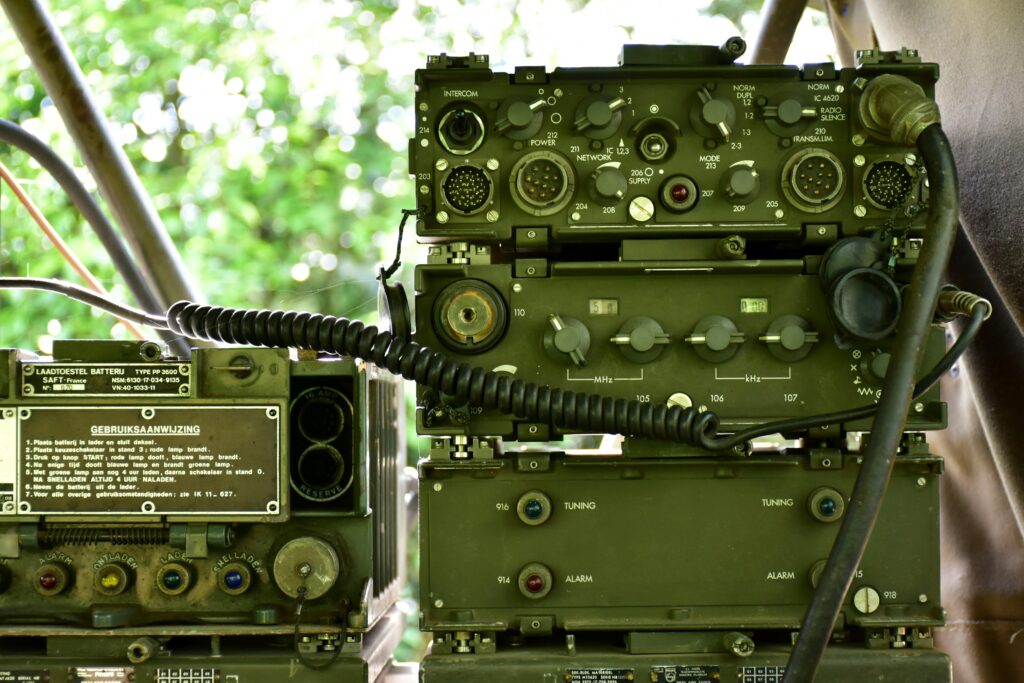The Battle of Kursk stands as one of the most monumental and decisive clashes in military history—and it wasn’t just any battle; it was the largest tank confrontation ever recorded. Taking place in the summer of 1943, this epic showdown between Nazi Germany and the Soviet Union not only marked a turning point on the Eastern Front during World War II but also showcased the evolving tactics and technology of armored warfare. In this article, we’ll dive into the strategic significance, the fierce combat, and the lasting impact of the Battle of Kursk, shedding light on why this legendary encounter remains a pivotal chapter in the story of modern warfare.
Table of Contents
- The Strategic Importance of Kursk in World War II
- Key Tactical Maneuvers That Defined the Battle
- Technological Advancements in Armored Warfare Unveiled
- Lessons for Modern Military Strategy from Kursk
- Wrapping Up
The Strategic Importance of Kursk in World War II
The city of Kursk represented more than just a geographical location during World War II; it was a pivotal fulcrum for control over the Eastern Front. Sitting strategically between Moscow and the industrial heartland of Ukraine, Kursk functioned as a critical junction for major supply routes and communication lines. The battle here was not merely about territorial gain but about disrupting the enemy’s operational capabilities and momentum. By holding Kursk, the Soviet forces aimed to blunt the German offensive thrust, which sought to encircle and destroy large Soviet formations, ultimately altering the operational dynamics on the front.
This positioning lent Kursk its unmatched strategic value in 1943, as it became the focal point for both offensive and defensive warfare resources. The engagement was meticulously planned on both sides, with the Germans seeking to regain initiative after setbacks and the Soviets prepared to deliver a decisive counterpunch. With stakes this high, the battle’s outcome promised to influence:
- The momentum of German military advances in the East
- Control over vital industrial regions and resource flows
- The morale of both Axis and Allied forces
- The broader strategic landscape leading to the eventual Soviet advance westward
Key Tactical Maneuvers That Defined the Battle
The Battle of Kursk was marked by several pivotal tactical maneuvers that shifted the momentum in favor of the Soviet forces. One of the most significant was the use of deep defensive belts designed to absorb and weaken the initial German armored thrusts. This layered defense, comprising minefields, anti-tank guns, and infantry fortifications, effectively slowed down the Panther and Tiger tanks, draining their operational capacity before they even reached the Soviet frontline. The Red Army’s adept use of elastic defense — deliberately retreating to stronger positions while inflicting maximum damage — ensured the Germans could not secure a decisive breakthrough early in the battle.
On the offensive side, the Soviets executed a masterful counterattack that exploited the faltering German advance. Using mobile armored groups, primarily composed of T-34 tanks, the Red Army struck at the flanks and rear of the German spearhead, creating chaos and disrupting their supply lines. The integration of air power and artillery support into combined arms operations allowed the Soviets to maintain sustained pressure and minimize their own losses. Another less discussed but vital maneuver was the strategic use of reserves, held back in depth and committed at critical moments to reinforce weakened sectors or launch counteroffensives, which ultimately eroded the German combat effectiveness and paved the way for a decisive Soviet victory.
Technological Advancements in Armored Warfare Unveiled
The Battle of Kursk not only marked a strategic turning point in World War II but also showcased a remarkable leap in armored warfare technology. The clash saw the deployment of cutting-edge tanks like the Soviet T-34 and the German Panther and Tiger models, which were engineered with thicker armor and more powerful armaments. These innovations forced both sides to innovate rapidly, transitioning armored vehicles from mere infantry support roles to decisive combat units capable of engaging at range with enhanced mobility and survivability.
Several key technological advancements emerged during this confrontation, shaping the future of tank warfare:
- Improved Armor Design: Sloped armor significantly increased deflection rates and effective protection without excessively increasing tank weight.
- Enhanced Firepower: The introduction of high-velocity guns capable of penetrating thick armor at greater distances gave tanks a lethal edge.
- Communication Systems: More reliable radio equipment allowed for better coordination between tank units and command posts, improving tactical responsiveness.
- Mechanical Reliability: Advances in engine and suspension systems provided greater speed and maneuverability over diverse terrains.
Lessons for Modern Military Strategy from Kursk
The Battle of Kursk exemplifies the critical importance of intelligence and preparation in modern warfare. The Soviet forces’ foresight in anticipating the German offensive allowed them to construct deeply layered defensive lines and mass reserves effectively, turning the battlefield into a kill zone for advancing enemy tanks. Modern militaries can draw from this by emphasizing comprehensive reconnaissance and flexible defense-in-depth tactics to absorb and counter large-scale armored assaults, prioritizing both technological integration and troop readiness.
Another vital takeaway lies in the coordination of combined arms operations. The Soviets’ use of infantry, artillery, air support, and armor in a synchronized manner showcased how diverse military branches must operate seamlessly to exploit enemy weaknesses. For today’s strategists, this reinforces the value of interoperability among land, air, and cyber forces, fostering synergy that can disrupt adversaries’ momentum. Key principles include:
- Integrated command and control systems for real-time adaptability
- Layered defense complemented by precise counterattacks
- Efficient allocation of resources across multiple domains
These lessons emphasize that success in large-scale mechanized confrontations hinges not only on firepower but also on tactical harmony and strategic patience.
Wrapping Up
As we reflect on the Battle of Kursk, it stands clear why this massive tank clash remains a pivotal moment in military history. Beyond the sheer scale of armored warfare, Kursk showcased strategic ingenuity, immense human resilience, and the turning tides of World War II. Understanding this battle not only deepens our appreciation for the complexities of war but also honors those who endured its unforgiving trials. Whether you’re a history buff or a casual reader, the lessons and legacies of Kursk continue to resonate—reminding us how critical moments can shape the course of history.


